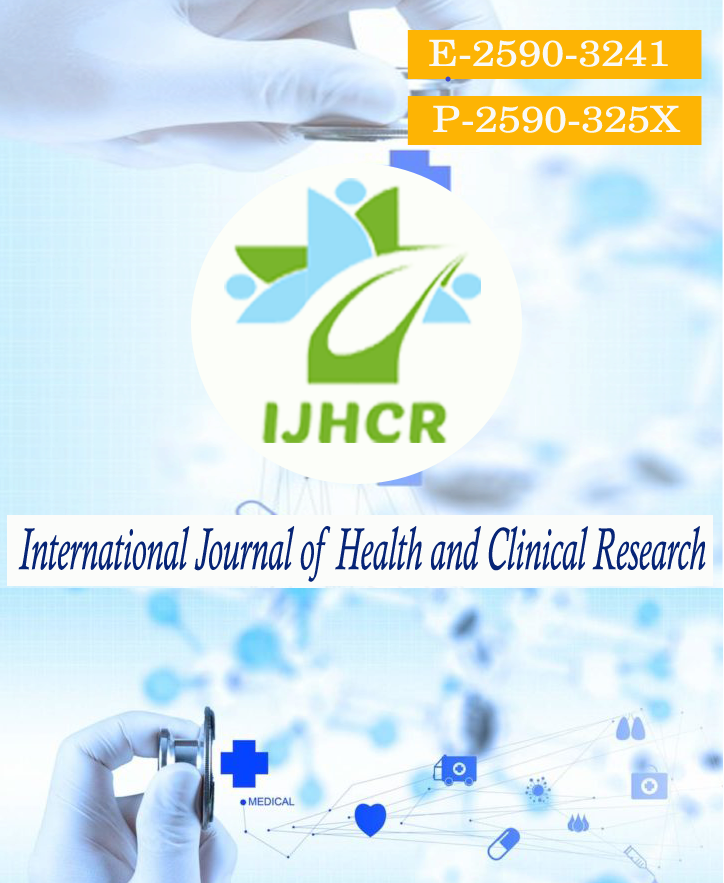Microalbuminuria and Target Organ Damage in Nondiabetic Hypertensive Patients
Keywords:
Microalbuminuria,Lipidprofile, Haemorrhagic strokeAbstract
Introduction: Hypertension is the most important non communicable disease with unprecendented increase in prevalence all over the globe including in our country. Microalbuminuria, or aberrant urine albumin excretion ranging from 30 to 300 mg/day, affects between 5% to 40% of people with essential hypertension. It has been discovered that in 5% to 40% of people with essential hypertension.Aims: The purpose of this study was to assess the prevalence of microalbuminuria in nondiabetic hypertensive people and to look into the relationship between microalbuminuria and the patient's age, HTN duration, blood pressure level, and other coronary risk factors.Materials and Methodology: This prospective cross-sectional study was done in the department of General Medicine at ASRAM Medical College among patients hospitalized to the medical wards and those attending the medical outpatient unit who were diagnosed with hypertension from October 2020 to September 2021.Results: Among patients with microalbuminuria,abnormal lipid profile was present in 73.2% patients. The association between the groups was discovered to be statistically significant. Patients with microalbuminuria, 70.7% belong to stage 1 hypertension and 29.3% belong to stage 2 hypertension which was found to be statistically significant.Grade 1 hypertensive retinopathy was present in 19.5% patients, grade 2 hypertensive retinopathy was present in 7.3% patients, grade 3 hypertensive retinopathy was present in 19.5% patients and grade 4 hypertensive retinopathy was present in 9.8% patients for which association between the groups was significant. Acute infarct was present in 19.5% patients, chronic infarct was present in 9.8% patients, acute haemorrhagic stroke was present in 17.1% patients and chronic haemorrhagic stroke was present in 9.8% patients association between the groups was found to be statistically significant. Isolated systolic dysfunction was present in 2.4% patients, isolated diastolic dysfunction was present in 36.6% patients and both systolic and diastolic dysfunction was present in 4.9% patients association between the groups was found to be statistically significant.Conclusion: According to the study, increased albumin excretion rate may be a useful marker of arterial damage and a risk predictor of premature cardiovascular morbidity and death in hypertensive persons.
Downloads
Published
How to Cite
Issue
Section
License
Copyright (c) 2021 A Ayyappa, Avula Sashidhar Reddy, Kuna Chandana

This work is licensed under a Creative Commons Attribution 4.0 International License.






 All articles published in International Journal of Health and Clinical Research are licensed under a
All articles published in International Journal of Health and Clinical Research are licensed under a 